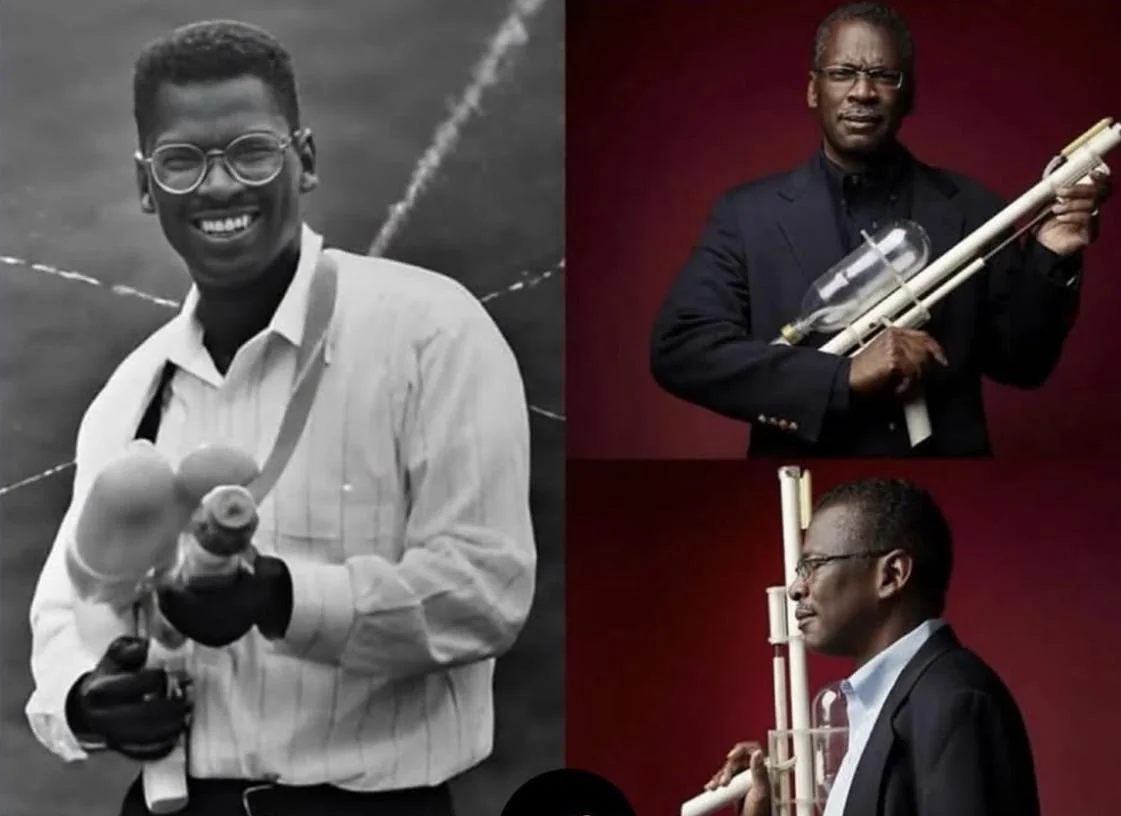The most famous water gun in history didn’t just drench backyards. It reshaped a career, fueled a legal battle over royalties, and now helps bankroll a bid to reinvent how we power our cars. Lonnie Johnson’s Super Soaker turned summer play into a platform for serious innovation — and his long fight to be paid fairly says as much about American ingenuity as it does about American business.
More than three decades after his high-powered blaster hit store shelves, Johnson remains a restless builder. The settlement that made headlines — an approximately $73 million award in 2013 for unpaid royalties — was a milestone, not a finish line.
The engineer behind the backyard phenomenon
Johnson’s path to toy legend began far from the toy aisle. A Tuskegee-trained mechanical and nuclear engineer, he worked with NASA on the Galileo mission to Jupiter before an off-hours experiment at home sparked a different idea: a pressurized stream of water that could blast across a bathroom. The prototype he fashioned from PVC pipe and a soda bottle would become the basis of a new kind of water gun.
In 1990, Johnson struck a deal with Larami Corporation to bring the invention to market. The first versions were branded the Power Drencher before a name change christened the sensation: Super Soaker. According to The Strong National Museum of Play’s National Toy Hall of Fame, more than 200 million Super Soakers have been sold in 175-plus variations, generating about $1 billion in sales. In 2015, the Super Soaker was formally inducted into the Hall of Fame.
The royalty fight behind the fun
As the Super Soaker became a fixture of summer, Johnson earned royalties under his licensing deal — first with Larami and later with Hasbro, which acquired Larami in the mid-1990s. But years into the partnership, Johnson’s team concluded that the accounting didn’t add up. In 2013, after arbitration, Hasbro agreed to pay approximately $73 million in additional royalties to Johnson’s companies for underpayments tied to Super Soaker and related products.
The outcome underscored a truth many independent inventors learn the hard way: licensing deals live or die on clear contracts and rigorous audits. Johnson’s persistence and paper trail meant the creator at the heart of a billion-dollar phenomenon could claim what he was owed. It also offered a rare, public look at how even blockbuster products can leave their originators chasing fair compensation years later.
From toy aisle to energy labs
Johnson never stopped building. Through Johnson Research & Development and Johnson Energy Storage, he has spent decades pursuing next-generation energy technology, including an all-solid-state battery designed to be safer, more powerful, and cheaper to manufacture than conventional lithium-ion cells.
Speaking to Forbes contributor Stephen Key, Johnson framed the work as a long bet on cleaner, better energy. “I’ve had this long-term interest in energy and awareness of the impact our use of fossil fuels has had on the environment,” he said. The team’s approach centers on a glass electrolyte intended to suppress dangerous shorts, operate across wide temperatures, and eliminate the need for the cooling systems that add weight and cost to today’s batteries.
“It’s all ceramic, glass, and metal materials. It’s not flammable, won’t burst open, and doesn’t need the cooling systems lithium-ion requires,” Johnson told Forbes, describing the architecture his Atlanta-based engineers are working to scale.
Prototypes have undergone independent testing with UL, and Johnson Energy Storage is developing a pilot manufacturing line in Atlanta. The company has raised early financing, including support from Invest Georgia and Innovate Alabama, with additional backing from high-profile investors. “We are building a coalition of investors that believe in a legendary innovator,” CEO Brandon Martin said in the same interview, as the company expanded its team and prepared to move from lab-made cells to production-scale hardware.
Paying it forward
Johnson’s success has also taken the form of direct investment in the next generation of builders. Through the Johnson STEM Activity Center, a nonprofit in Atlanta, he champions hands-on programs in robotics, coding, virtual reality, and math enrichment for students, with a focus on broadening access. The model mirrors his own path — a childhood spent tinkering, an education grounded in engineering, and mentors who made space for experimentation.
For the kids who pick up a Super Soaker each summer, the line from play to possibility is shorter than it looks. Johnson’s trajectory sends a clear message: curiosity can lead to careers, and a clever prototype can become a launchpad for life-changing work.
Why the $73 million still matters
The 2013 award wasn’t a windfall plucked from thin air; it was a recalibration of a deal that had already yielded years of royalties. That distinction matters, because it reframes Johnson not as a one-time winner but as a disciplined licensor who insisted on the terms he negotiated. For independent inventors and creative entrepreneurs, his experience is a case study in the power — and necessity — of knowing how your product earns.
It also speaks to the larger dynamics of intellectual property in consumer culture. Toys and tools that become cultural touchstones can generate vast sums across decades and brand portfolios. Without vigilant accounting and the leverage to audit, the people who make those breakthroughs risk seeing their upside eroded. Johnson’s arbitration shows that persistence, documentation, and the willingness to fight can tilt the balance back toward creators.
There’s one more implication, and it’s forward-looking. Royalties from a megahit gave Johnson the freedom to pursue ambitious, long-cycle R&D that rarely fits venture timelines. If his solid-state battery lives up to even part of its promise — safer chemistry, greater energy density, lower costs — the returns could echo far beyond any single product line. A backyard classic might yet help rewire the energy economy.

